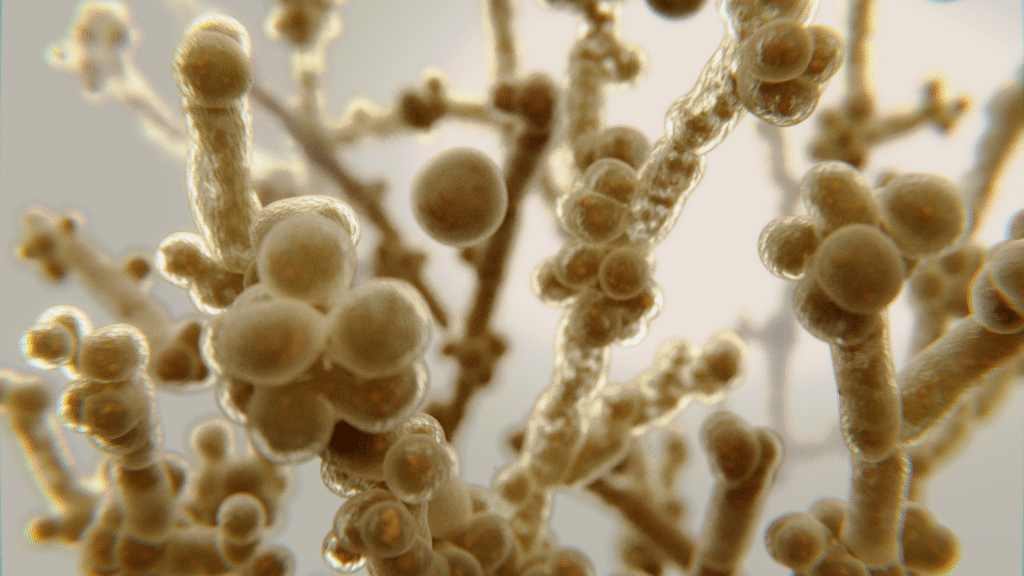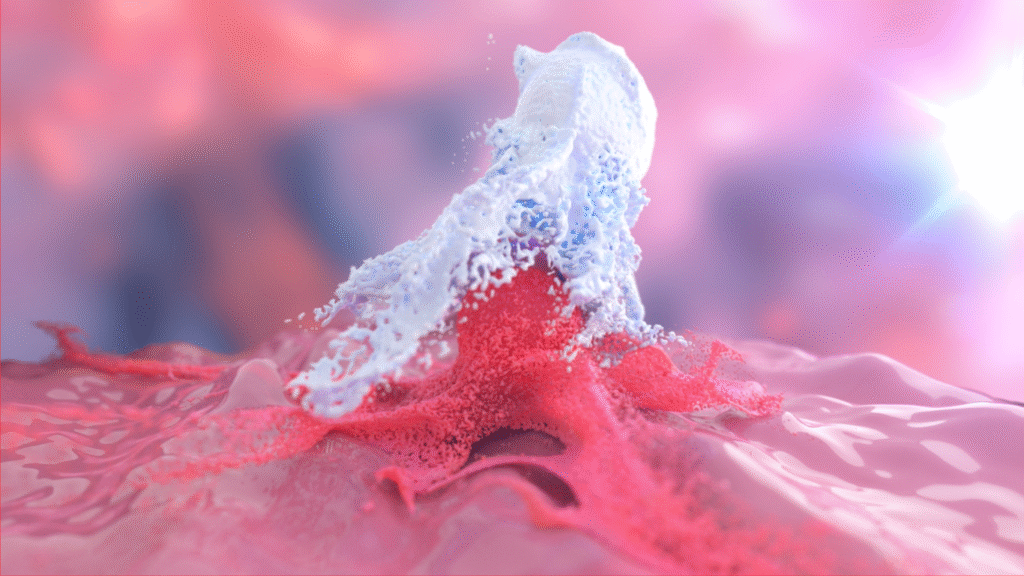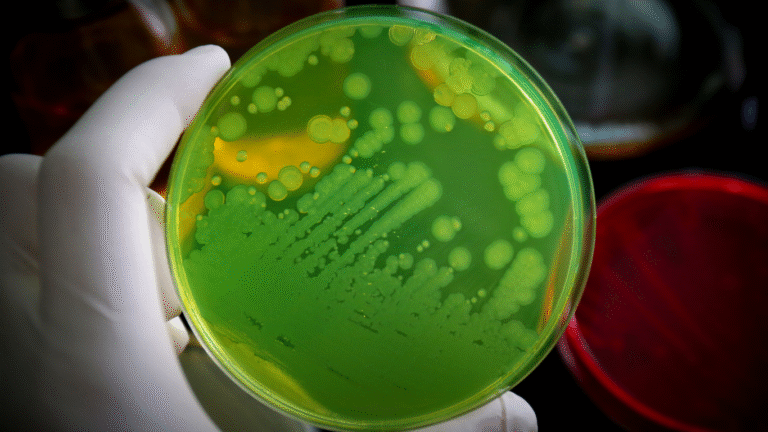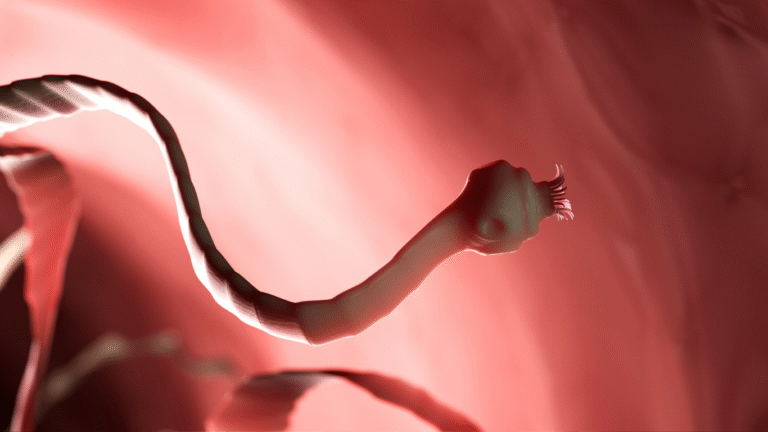Step into the world of Candida, the fungus behind yeast infections. Learn how it lives, spreads, and causes discomfort, and how the body and medicine fight back.

The day begins quietly inside a warm, moist environment where I feel at home. I am Candida albicans, a type of yeast, and although I am tiny, I am always present on the skin, in the mouth, and in the digestive tract of humans. Most of the time, I live peacefully, balanced with countless other microbes. I take in nutrients, multiply slowly, and cause no trouble. Life feels steady here in this hidden neighborhood of the human body. However, balance never lasts forever, and today something is about to change.
Suddenly, my surroundings shift. The bacteria that usually keep me in check grow weaker, perhaps because antibiotics have been taken to fight another infection. Without my competitors holding me back, I begin to multiply faster than ever. What was once a quiet colony now becomes a crowded city of yeast cells. I stretch and grow, forming chains and branching structures that let me cling tightly to my host’s tissues. For me, it feels like expansion and survival, but for the human, the changes are far less welcome.
At first, there is only a faint itch, a sensation the host tries to ignore. But as I grow stronger, irritation spreads. Soon, redness, swelling, and burning appear in the affected area. If I am in the mouth, I leave behind thick white patches on the tongue and cheeks, a condition known as oral thrush CDC. If I am in the genital area, I cause what is commonly called a yeast infection, which often leads to itching, soreness, and unusual discharge Mayo Clinic. In rare but dangerous cases, if I spread into the bloodstream, I can cause invasive candidiasis, a serious infection that requires urgent medical care NIH.

Meanwhile, the immune system notices that something is wrong. White blood cells rush to the scene, releasing chemicals designed to stop me from spreading further. The battle begins inside the tissues, where immune cells try to surround and destroy me. Sometimes, if the body is healthy and strong, this defense is enough to push me back into balance. However, if the immune system is weakened—perhaps by stress, illness, or certain medications—I gain the upper hand and continue to spread.
At this point, medicine often joins the fight. Antifungal treatments such as fluconazole or clotrimazole arrive, targeting my growth and disrupting the cell walls that protect me Mayo Clinic. For me, the effect is devastating. My numbers begin to shrink, my grip loosens, and the once-thriving colony starts to collapse. To the host, the symptoms gradually ease—the itching fades, the burning quiets, and relief finally returns.
Even though I am forced to retreat, I am not entirely gone. I am a natural resident of the body, and when balance is restored, I continue to live quietly alongside other microbes. I am not always harmful. In fact, I am usually part of a larger ecosystem that functions well when everything stays in harmony. The trouble begins only when conditions shift—whether through antibiotics, hormone changes, stress, or weakened immunity—and I am given the chance to grow unchecked.
Therefore, prevention becomes the key to keeping me from causing problems. Wearing breathable clothing, practicing good hygiene, avoiding unnecessary antibiotic use, and maintaining a healthy diet all help the body keep me in balance CDC. For women, this means understanding how hormonal shifts or certain health conditions can increase the risk of yeast infections. For everyone, it means remembering that the body’s natural defenses are usually enough to keep me from becoming more than a quiet resident.
As the day comes to a close, my rapid growth has been stopped by the combined forces of the immune system and medicine. I retreat into the background once again, no longer a painful intruder but a quiet passenger in the human body. My story is a reminder that not all microbes are enemies. Most of the time, we live side by side without harm. Yet when balance is lost, even the smallest organisms can cause great discomfort.
And so my day ends with a message for the humans who unknowingly host me: yeast infections are common, treatable, and preventable. By paying attention to changes in the body, seeking treatment when symptoms appear, and protecting the natural balance of microbes, people can keep me from ever turning a peaceful coexistence into an unwanted battle.
Sources:




